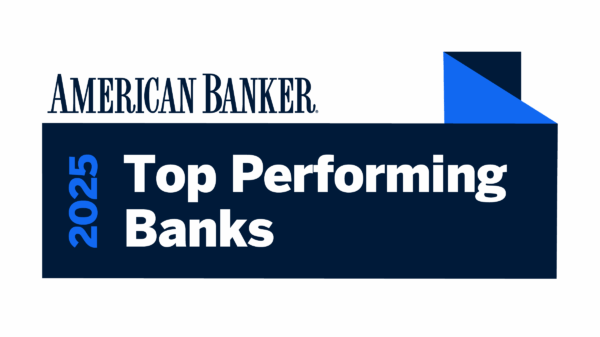Artificial Intelligence is undergoing a significant transformation as businesses increasingly adopt the Model-as-a-Service (MaaS) approach. This new model allows organizations to access advanced AI technologies through ready-to-use cloud solutions, eliminating the need for substantial upfront investments in hardware or software. With the introduction of open-weight models and serverless pricing, companies can customize their AI solutions while managing costs effectively.
Open-Weight Models Enhance Customization
A noteworthy development in this landscape is the release of new open-weight AI models anticipated in 2025. These models, developed by a leading AI research organization, include a large version with approximately 117 billion parameters and a smaller variant with about 21 billion parameters. Designed to tackle complex reasoning tasks, the larger model is capable of matching the performance of some of the best current reasoning models. Meanwhile, the smaller model is efficient enough to run on devices with as little as 16 GB of memory, making it accessible for personal computers and workstations.
By providing these models as open-weight, the organization enables developers and researchers to examine, modify, and implement them without being tied to a closed system. This flexibility is particularly beneficial for organizations prioritizing data privacy and security.
Cloud and Local Deployment Options
The versatility of these models allows them to operate both in cloud environments and locally. The larger model necessitates high-end hardware such as advanced GPUs, while the smaller model can function effectively on less powerful devices. This capability empowers businesses to choose between leveraging cloud resources for scalability or maintaining local control for enhanced security.
Testing of the smaller open-weight model reveals its potential for logical reasoning, although its accuracy varies. Trials indicate better performance when provided with a larger memory context, hinting that while AI reasoning is improving, it still has limitations that depend on the operational setup.
As cloud providers compete to expand their AI model catalogs, many platforms now feature hundreds of models from diverse companies, all accessible through unified interfaces. This trend simplifies comparison and selection for developers, who can test and evaluate different models to find the most suitable for their specific tasks.
New reasoning-focused models are also emerging in these catalogs. Some providers have made updated versions of their leading models available, offering faster responses or deeper analytical capabilities. This shift reflects an increasing demand for “thinking models” that can address complex problems rather than just provide straightforward answers.
The introduction of serverless AI is further transforming cost structures. Many providers now charge based on usage, meaning organizations only pay for the processing power they consume. This model often includes pricing based on workflow steps, benefiting applications that require multi-step interactions with various tools and data sources. Such flexibility makes AI deployment more cost-effective for businesses that need to adjust their usage dynamically.
Interoperability among AI tools is another significant advancement. New standards enable AI models to interact seamlessly with different data systems and external APIs. This development facilitates the creation of AI agents capable of gathering information, performing calculations, and executing tasks within business systems without necessitating custom integrations for each model.
Regulatory Developments and Future Outlook
As AI continues to evolve, governments and industry bodies are issuing clearer regulations. In Europe, the AI Act establishes compliance deadlines, with some rules set to take effect in early 2025 and others in 2026. These regulations cover high-risk AI systems, transparency requirements, and responsibilities for companies deploying large models. In the United States, the National Institute of Standards and Technology has introduced guidelines aimed at managing generative AI risks. Additionally, the new international standard, ISO 42001, provides companies with a framework for responsible AI management.
While significant attention is focused on larger models, smaller and more efficient models are gaining traction. These models are suitable for deployment on edge devices, including industrial machines and personal devices, reducing latency and enhancing privacy by minimizing data transmission to the cloud. Furthermore, their cost-effectiveness is amplified when providers offer batch pricing for processing numerous requests simultaneously.
Portability is becoming a focal point for some MaaS providers, who are packaging models to function across various environments, including on-premises servers, private clouds, and public cloud infrastructures. This adaptability allows companies to retain sensitive data internally while still leveraging cloud capabilities, ensuring consistent performance and security across platforms.
The future of Model-as-a-Service is one of diverse choices for businesses. Companies can select from cutting-edge models for complex reasoning, smaller models for efficiency, and specialized tools tailored to specific industries. Unified platforms will facilitate governance, monitoring, and compliance, while serverless pricing and standard protocols will streamline AI integration into everyday operations. The increasing availability of open-weight models provides organizations with the option to run these models locally or in secure private clouds, enabling customization without dependence on external providers.
As AI Model-as-a-Service becomes the primary means through which advanced technology reaches businesses, it offers unprecedented flexibility, cost control, and accelerated adoption. The landscape is evolving rapidly, and organizations are poised to leverage these advancements to meet their unique needs efficiently.































































